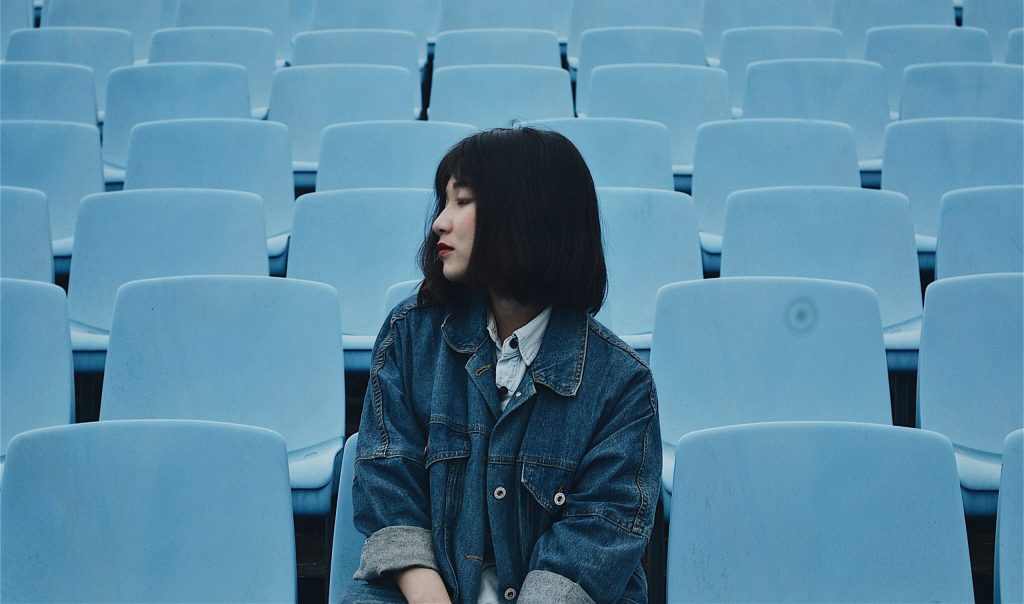American media that targets a teenage audience especially continues to put the few Asian characters in a bubble of classic stereotypes. The history of Asian-Americans in the Hollywood cinema industry is bleak with many deemed side characters as lead roles were “not meant for us.” When Hollywood finally began avenging their racist past, Asians were cast to the side. Even now, only 3 out of 10 lead actors in the film industry are a person of color. According to a report on Hollywood Diversity by UCLA, minorities only had a 23% share of all film roles in 2017 in comparison to the white percentage of 77%. Out of 23%, Asians only took up 3.4%.
Furthermore, Hollywood has a corrupted system of casting.
It seems that in hopes to keep Hollywood classically-white, there’s a standard of casting white actors for roles even specifically for people of color. White-washing in the Hollywood industry is a disappointing standard. It causes a lack of Asian roles going to actual Asian actors. The lack of security in this industry then propels a negative effect where some Asians interested in Hollywood don’t attempt to try due to this low yield.
The Model Minority Myth is used to silence us from speaking out on these problems; and is just another enforcement of white supremacy. It encapsulates the idea that Asians are the “better” race out of the marginalized due to an overemphasis placed on their valuable traits such as math skills; immigrants striving and thriving; and a prioritization of education (doctors, lawyers, etc.). The Model Minority Myth simplifies and distorts the experiences of Asian people in America by deeming them “model citizens,” which causes a lot of normalized racism. Therefore, through the myth, Asians are ultimately silenced despite our fair share of discrimination, racism, stereotypes, and underrepresentation.
Not only is there a lack of representation, but the slight representation in the past has been underwhelming.
Most of these characters follow the same shallow character background full of stereotypical Asian ideals; so can diversity even be counted here? Asian-American girls have regularly seen themselves depicted on TV or in movies as the meek, goody-two-shoes, high school overachievers. Those in the industry find themselves faced with this battle of finding roles that are different from this caricature. Two character examples of this are Nelly Yuki from Gossip Girl and Cho Chang from Harry Potter.
Nelly Yuki only appears briefly a few times, and yet she is the most notable Asian character. The way she is described fits the classic Asian nerd stereotype aiming for an Ivy League education. She is practically bullied and manipulated by the people around her and started off a loner. Much of her characterization is based on academics with nerdier, bleak outfits and behavior in comparison to the main characters.
Cho Chang on the other hand, differs in stereotypes. While she is the “smart Asian” assigned to the “smart house” (Ravenclaw), she is not submissive or socially awkward. However, she is said to be an ambiguous Asian character with little background information that in the long run ends up following stereotypical tropes. In addition, anyone can assume stereotypically her race from her name. Her name shows Rowling putting no effort into fully creating a true Asian character for diversity. First of all, naming an Asian character Cho Chang is the equivalence of naming a white character Jane Smith. It’s stereotypical and boring in contrast to more fanciful names and characters in Harry Potter that are typically quite imaginative. It shows her character’s lack of importance in the bigger picture.
The continuous stereotypical portrayal of Asian women negatively impacts the internal attitudes against Asian-Americans.
It maintains and reinforces the boundaries between racial groups. However, we can focus on the brighter side. Recently, there has been a surge of Asian-American representation with more Asian roles such as Marvel superhero Shang Chi, the Hallyu Wave, and Crazy Rich Asians. Crazy Rich Asians raked over 238 million dollars in the box office. The premiere marked Hollywood’s first movie with an all Asian cast in 25 years.
The future is looking a bit brighter in representation, and hopefully the upcoming generations won’t be affected by a lack of visibility.
Header: Linh Koi
About the Author
You may also like
-
Big in Japan: The Niche Genre of Asian Films That Never Lost the Fun
-
Screaming, Crying, Laughing — Why Can’t We Get Enough of Gruesome Comedy?
-
A Brief Exploration of LGBTQ+ Depictions in ’80s Cinema
-
The Politics of ‘Attack on Titan’: Reality or Fiction?
-
Celebrating the Magic of Black Witchiness in Entertainment

